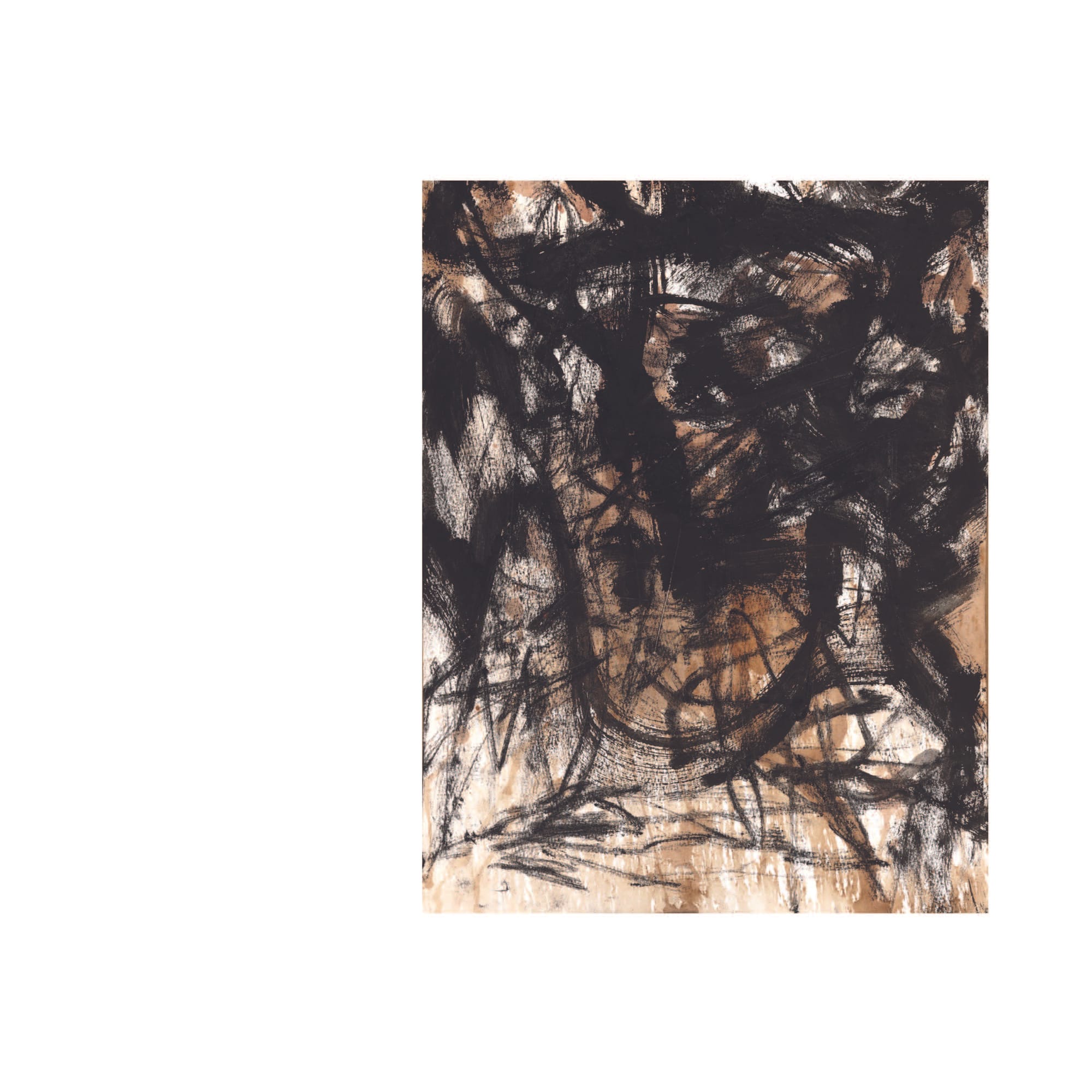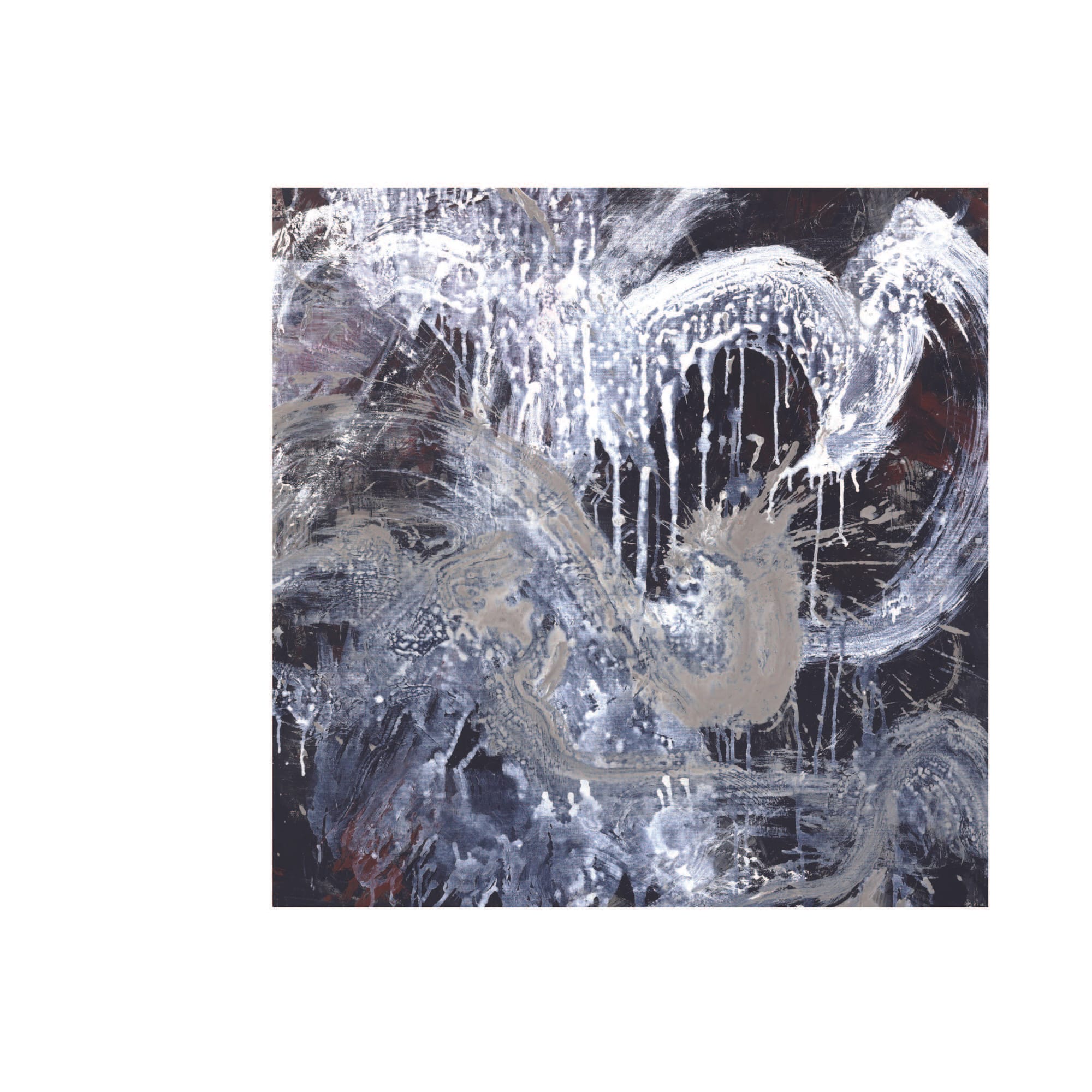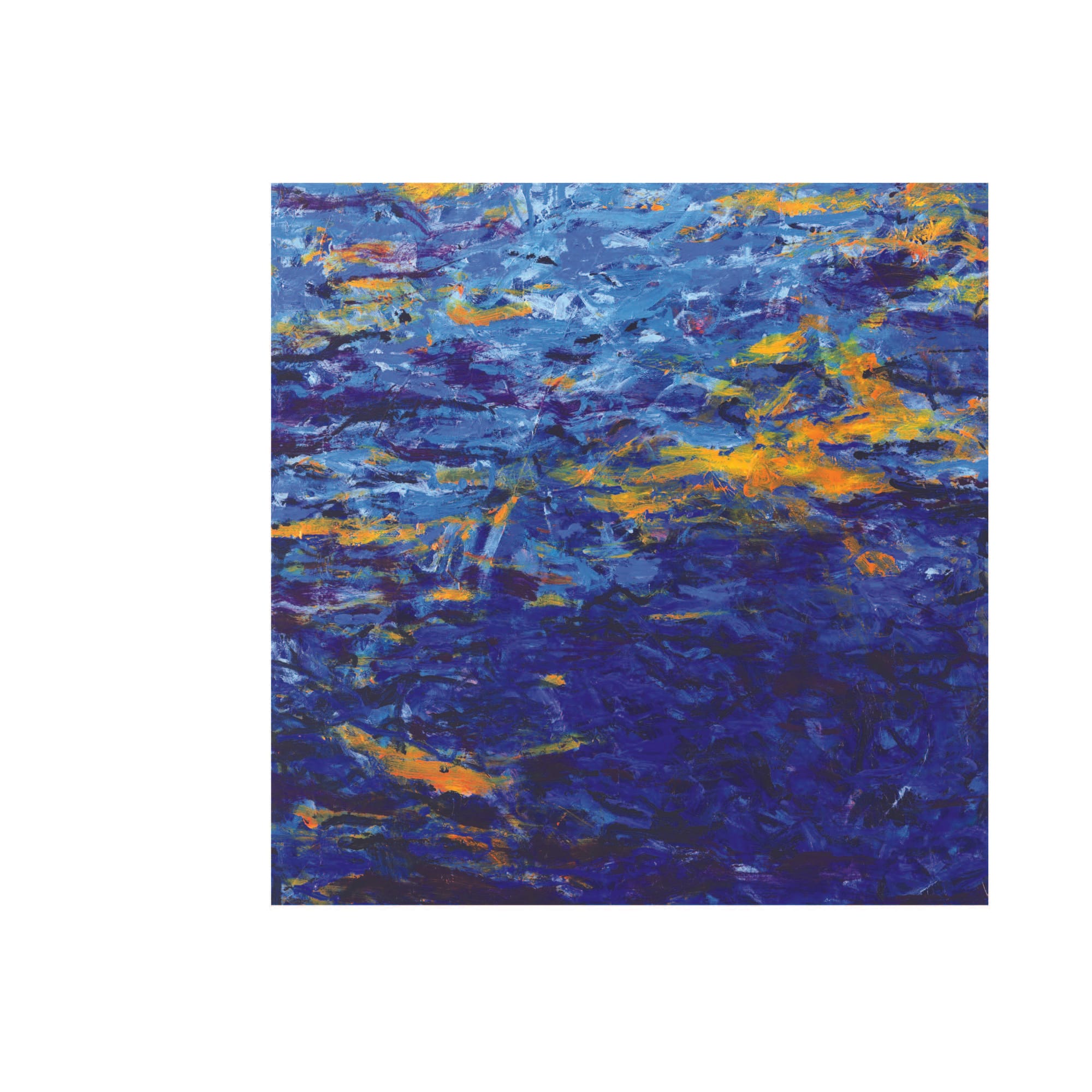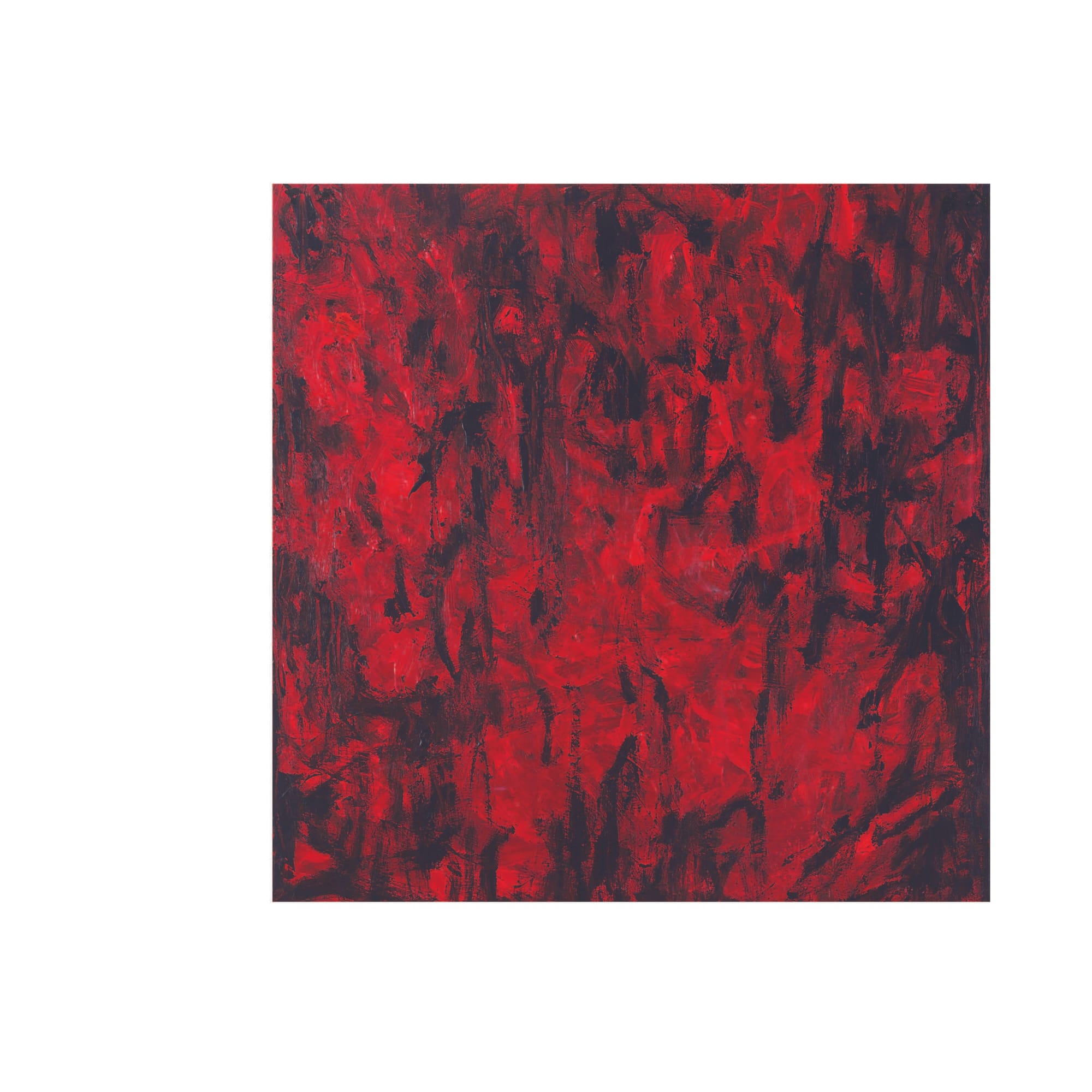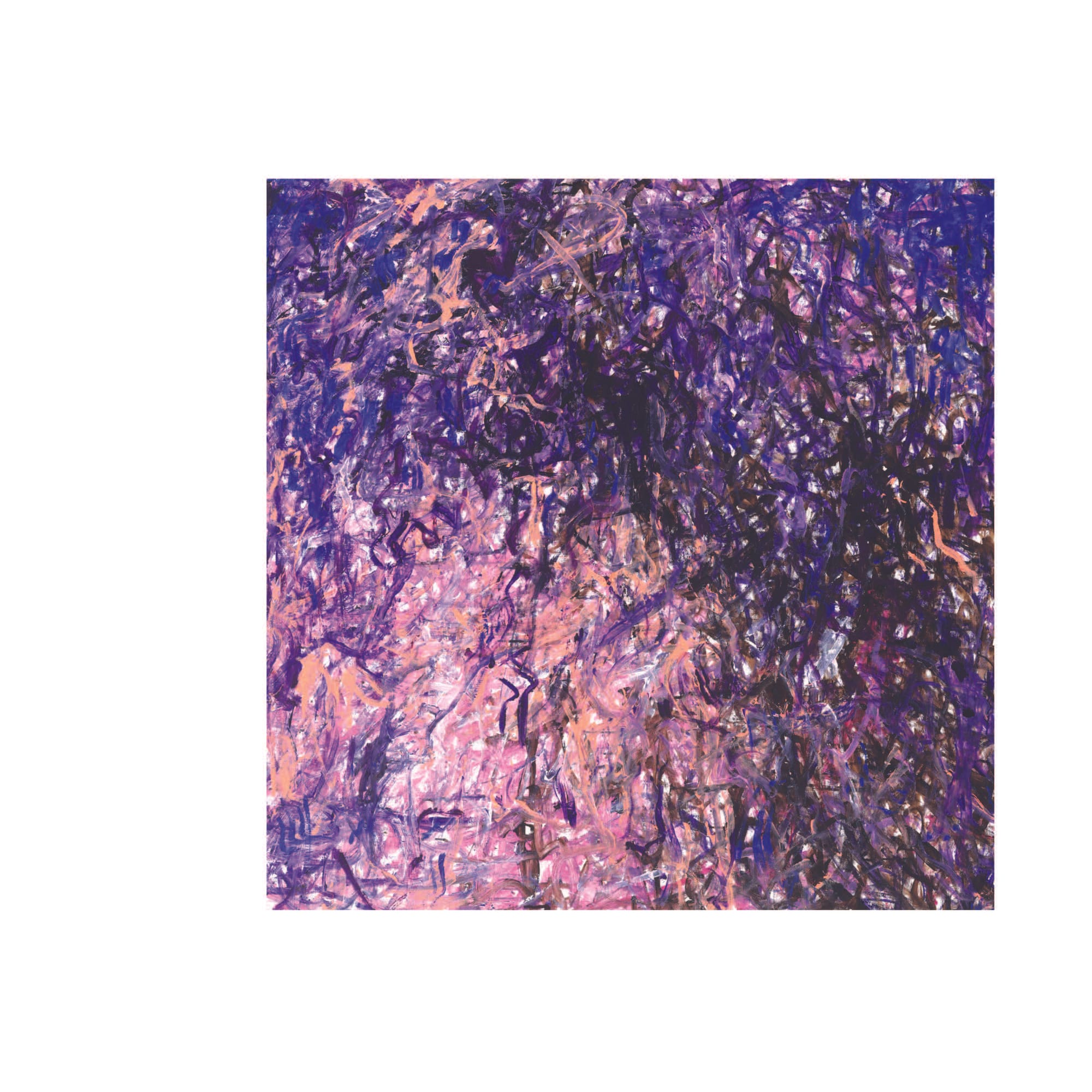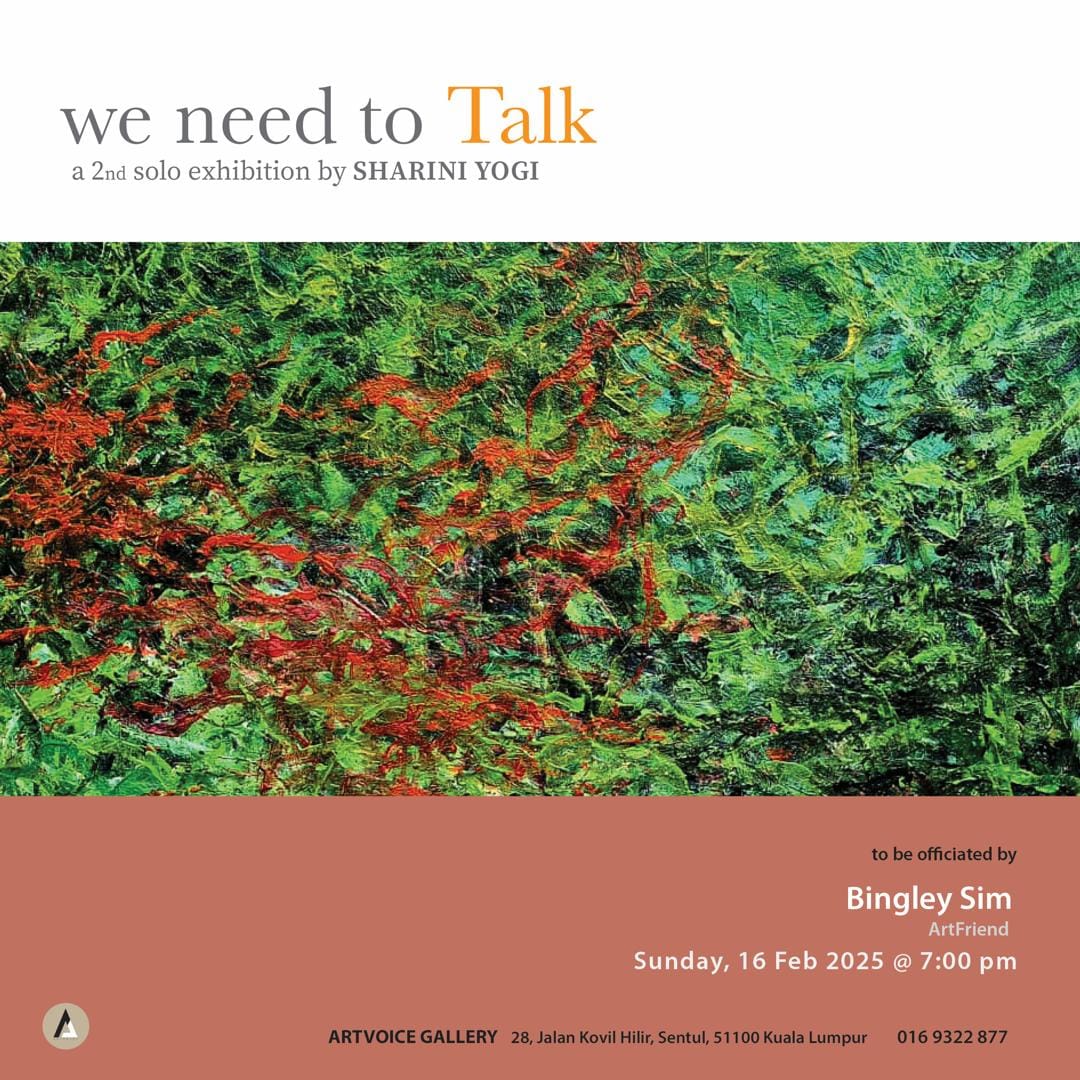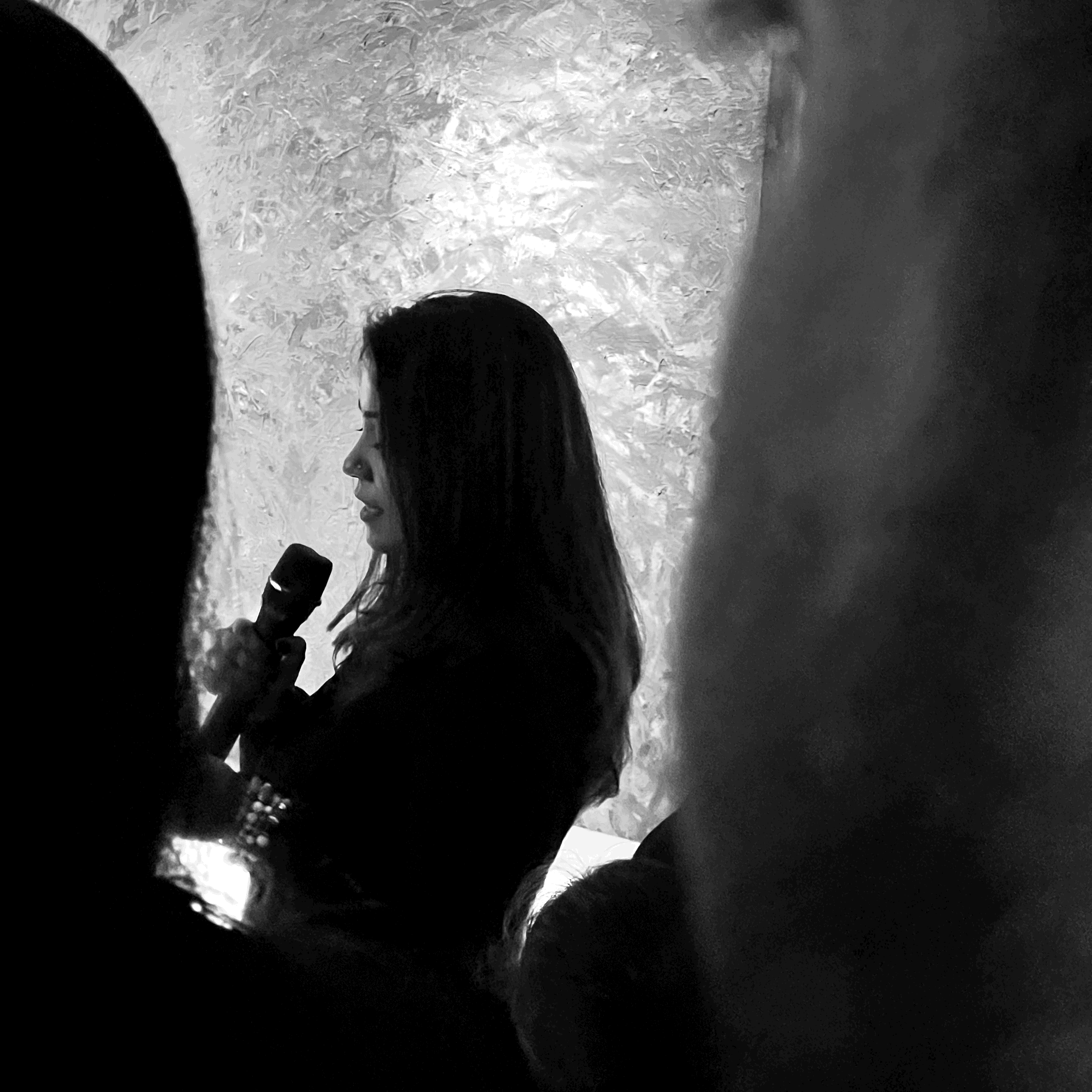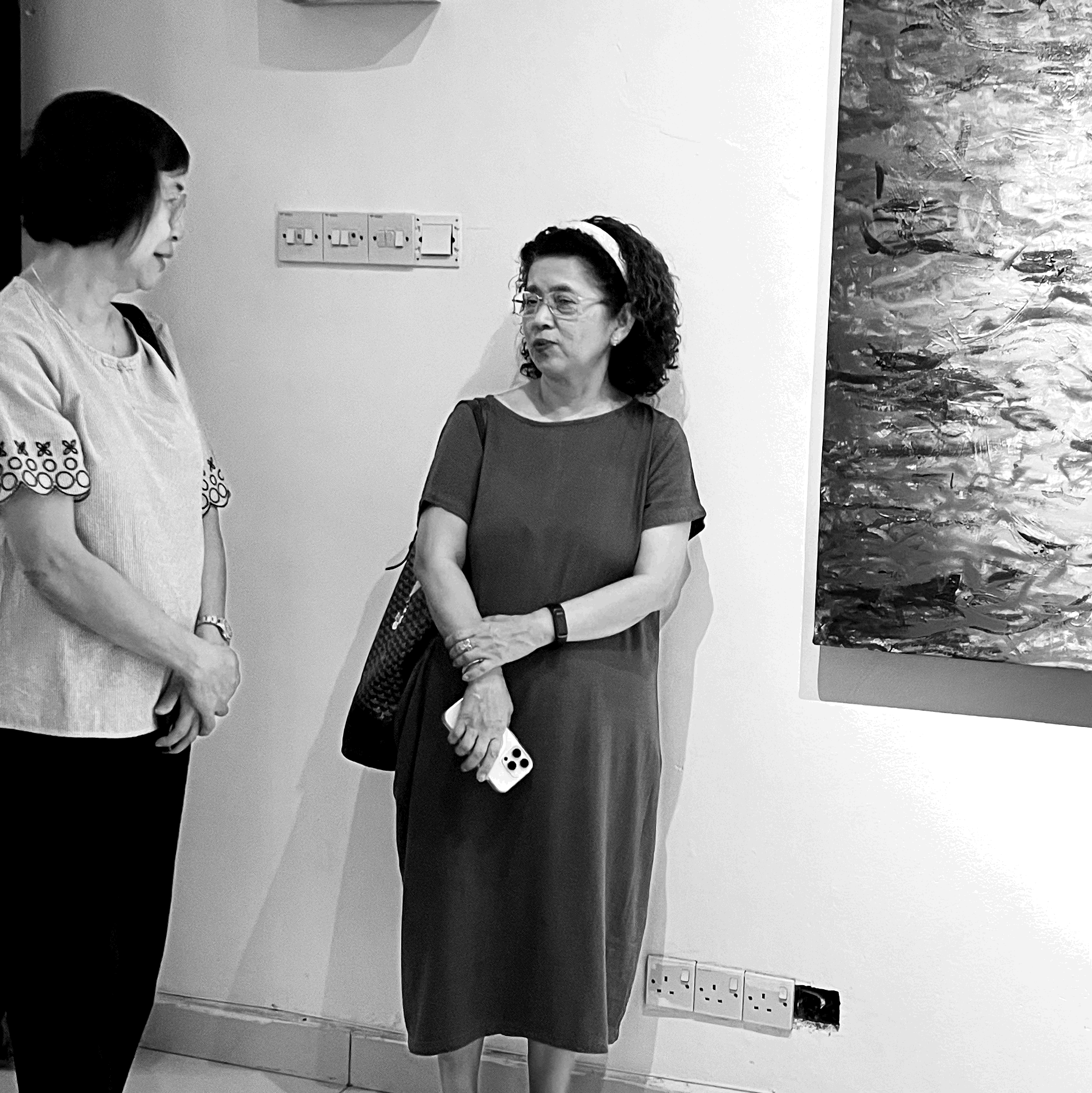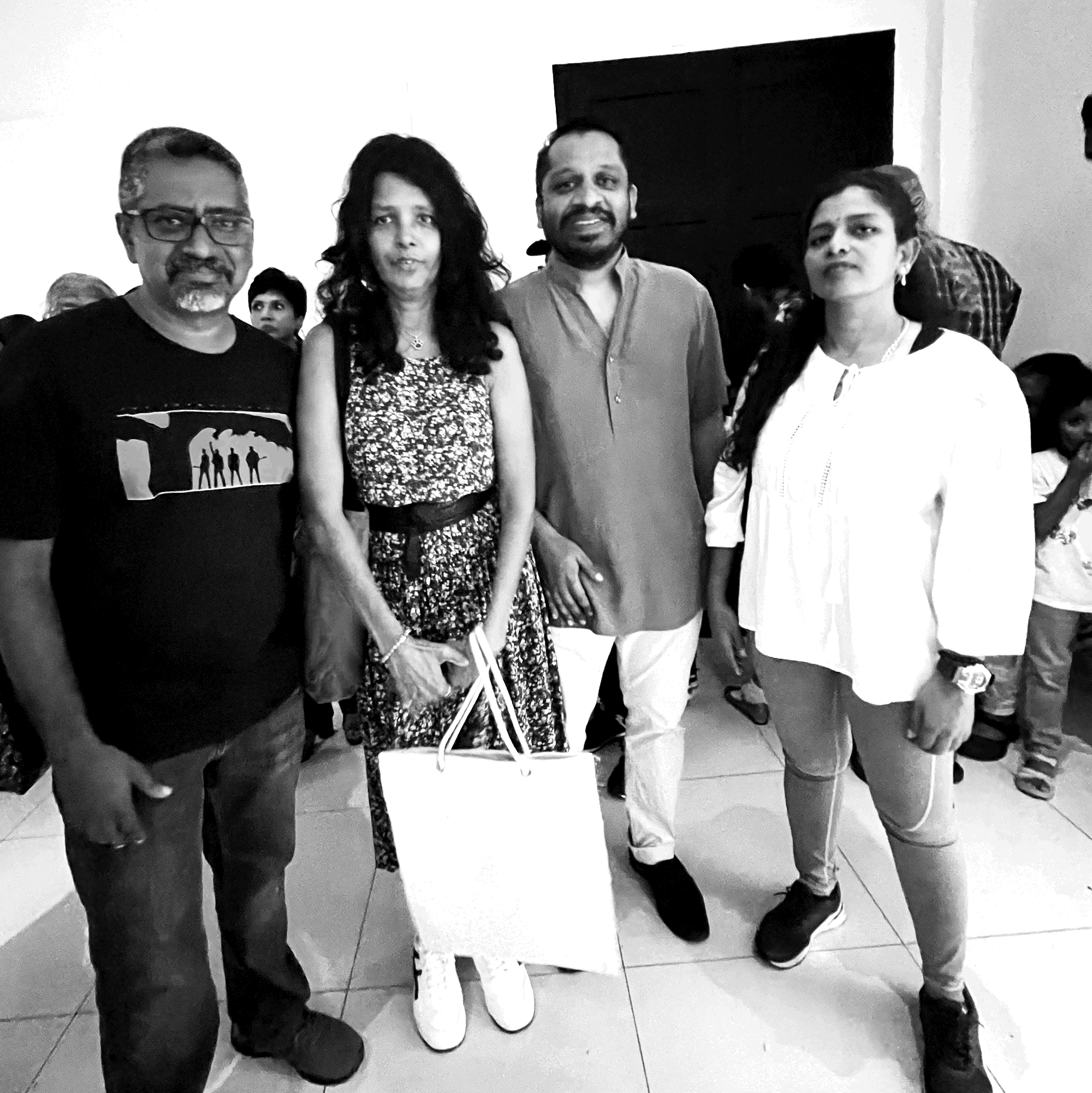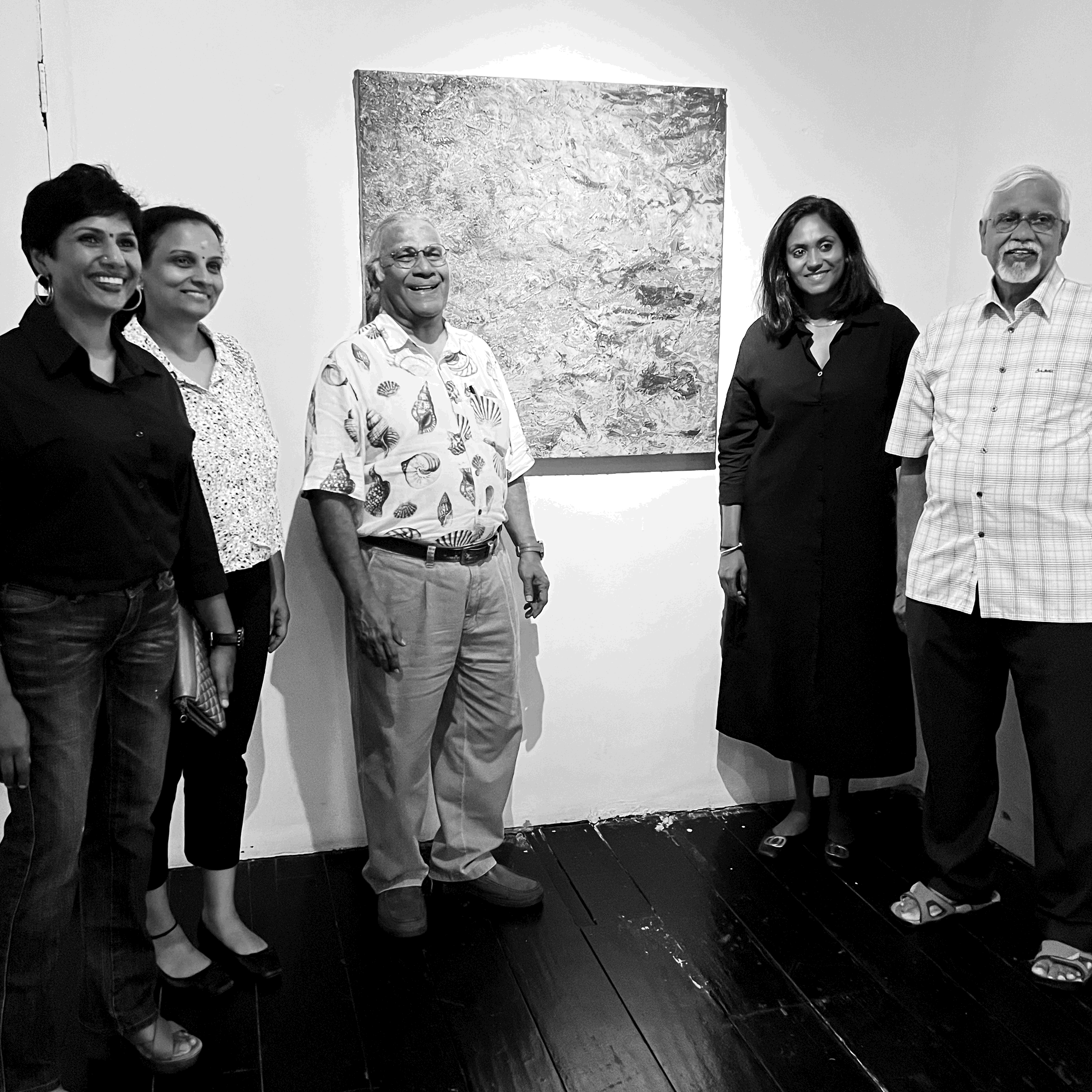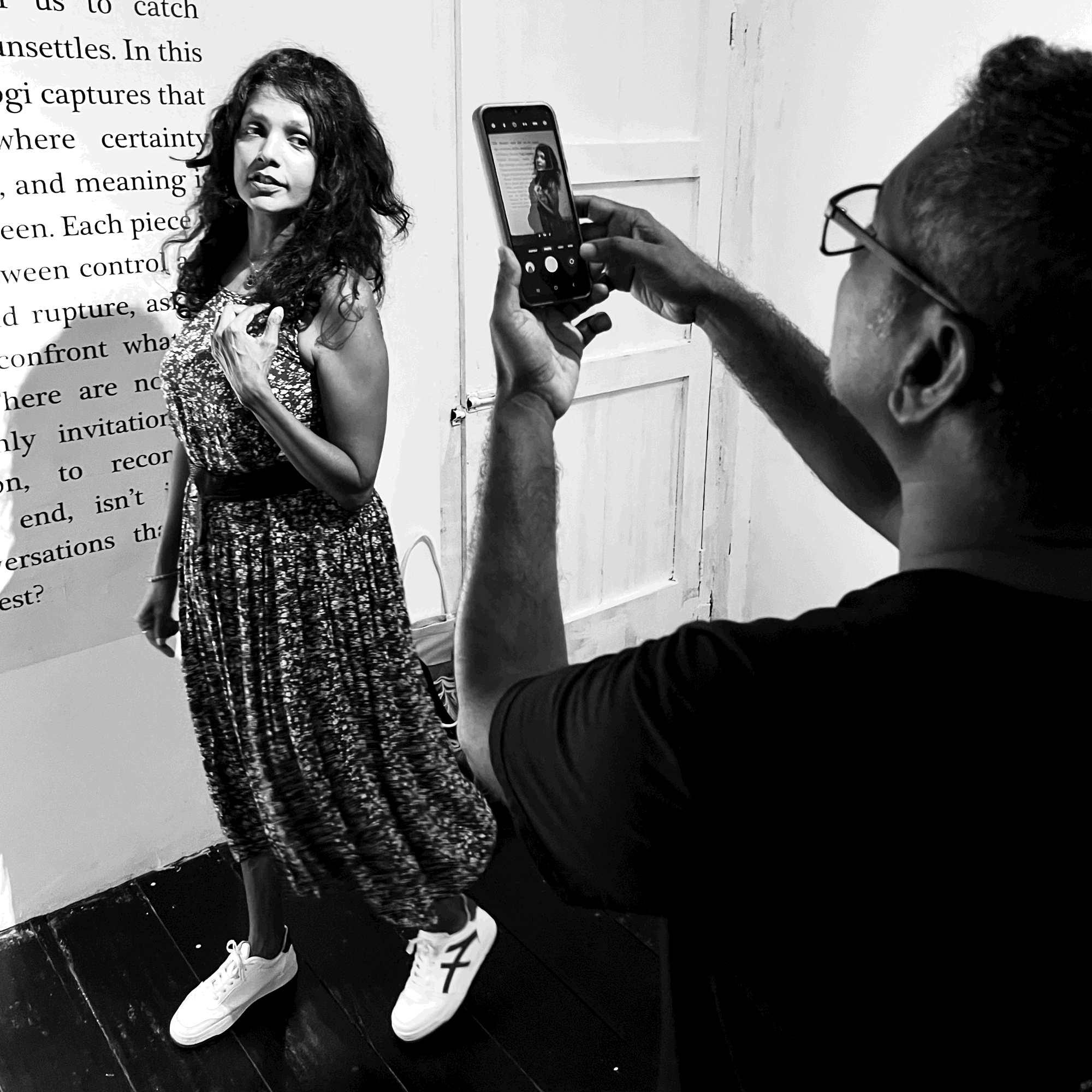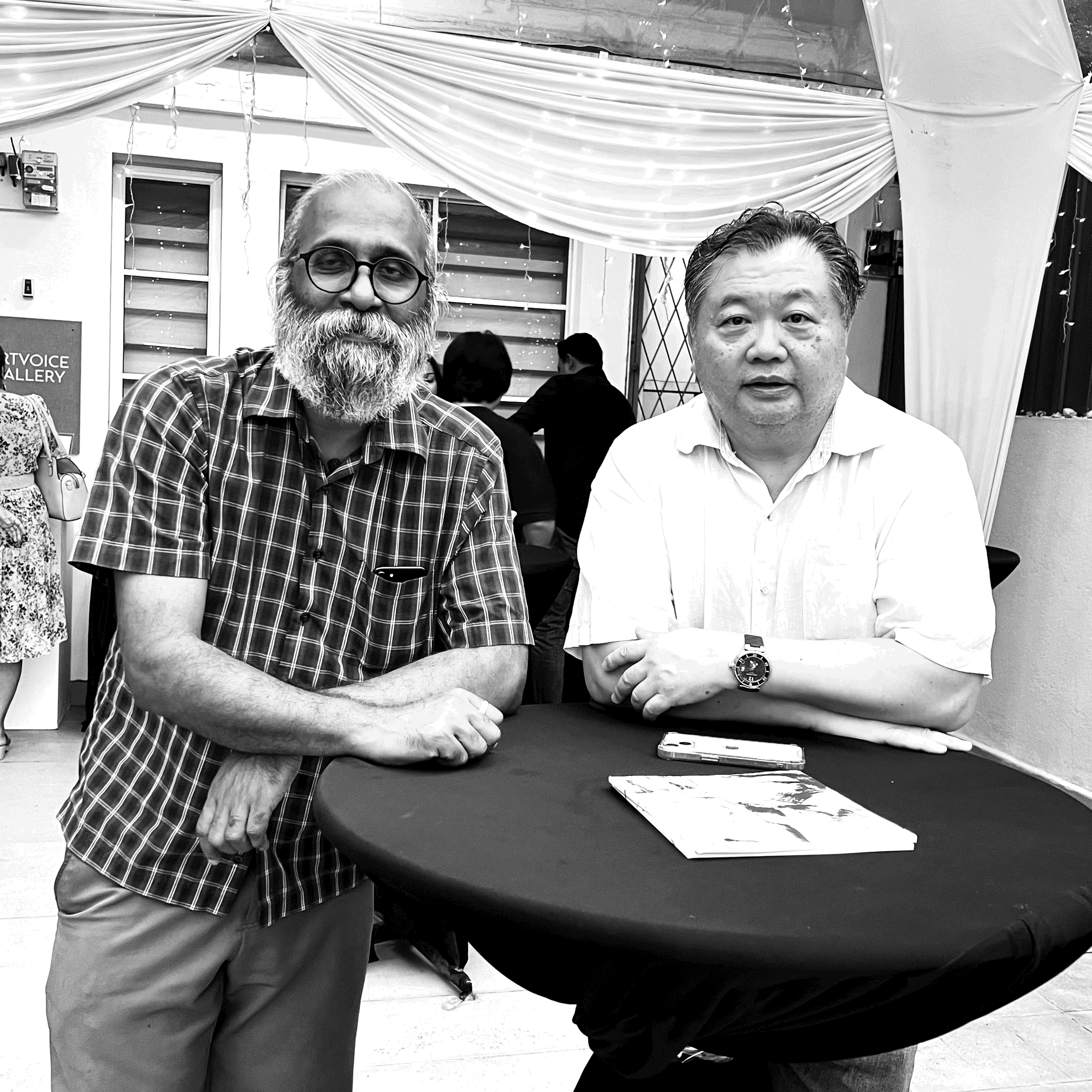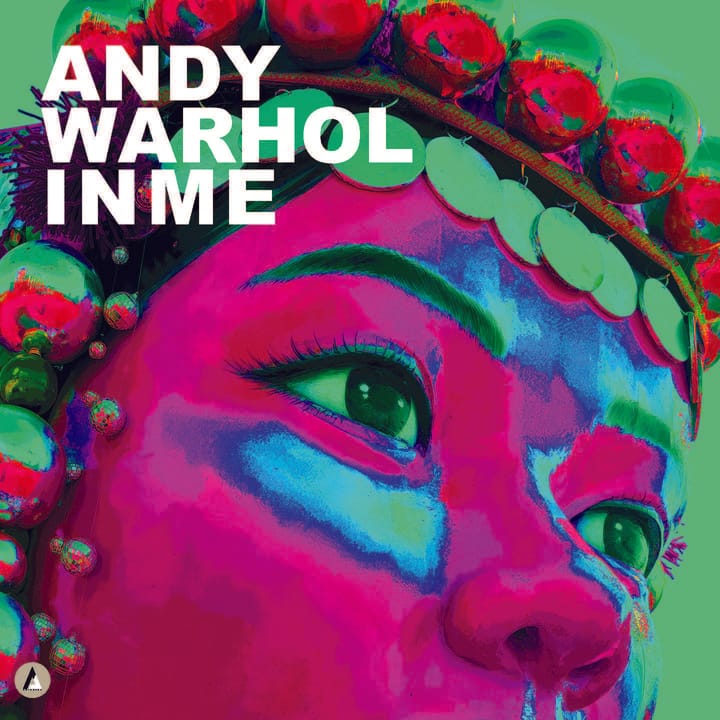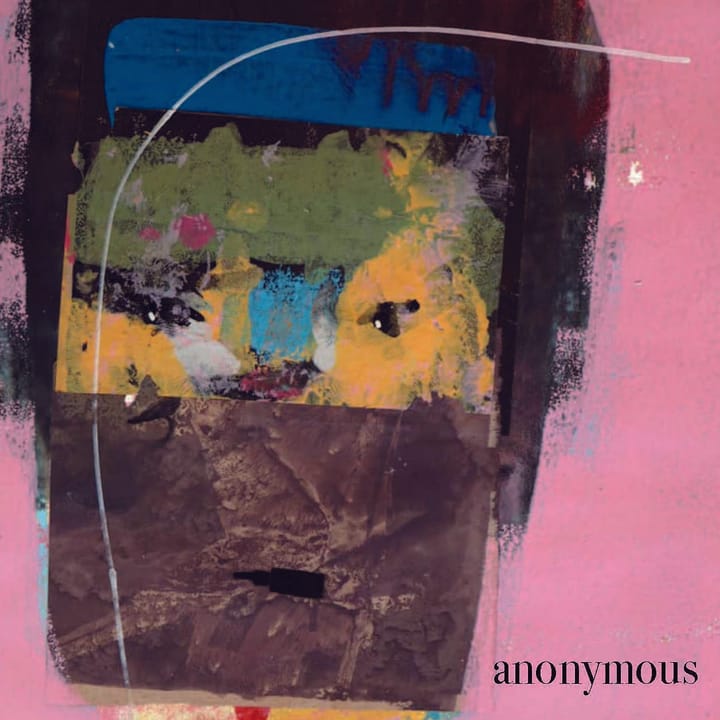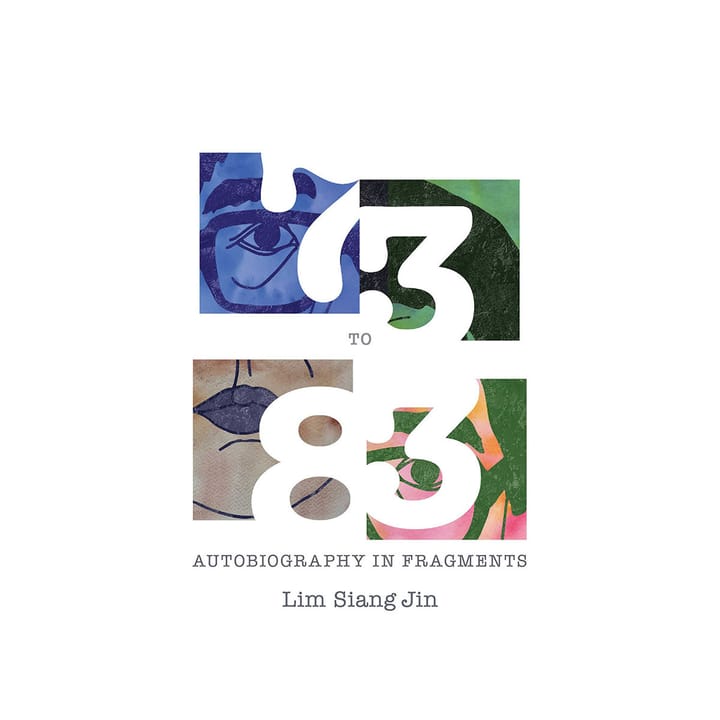Sharini's 'We need to Talk' underscores art as language

SHARINI YOGI’S “We need to talk” is a powerful exhibition. Its catalogue captures its essence beautifully, through both images and words—an artist reaching out to us, speaking at a profound emotional level through her work.
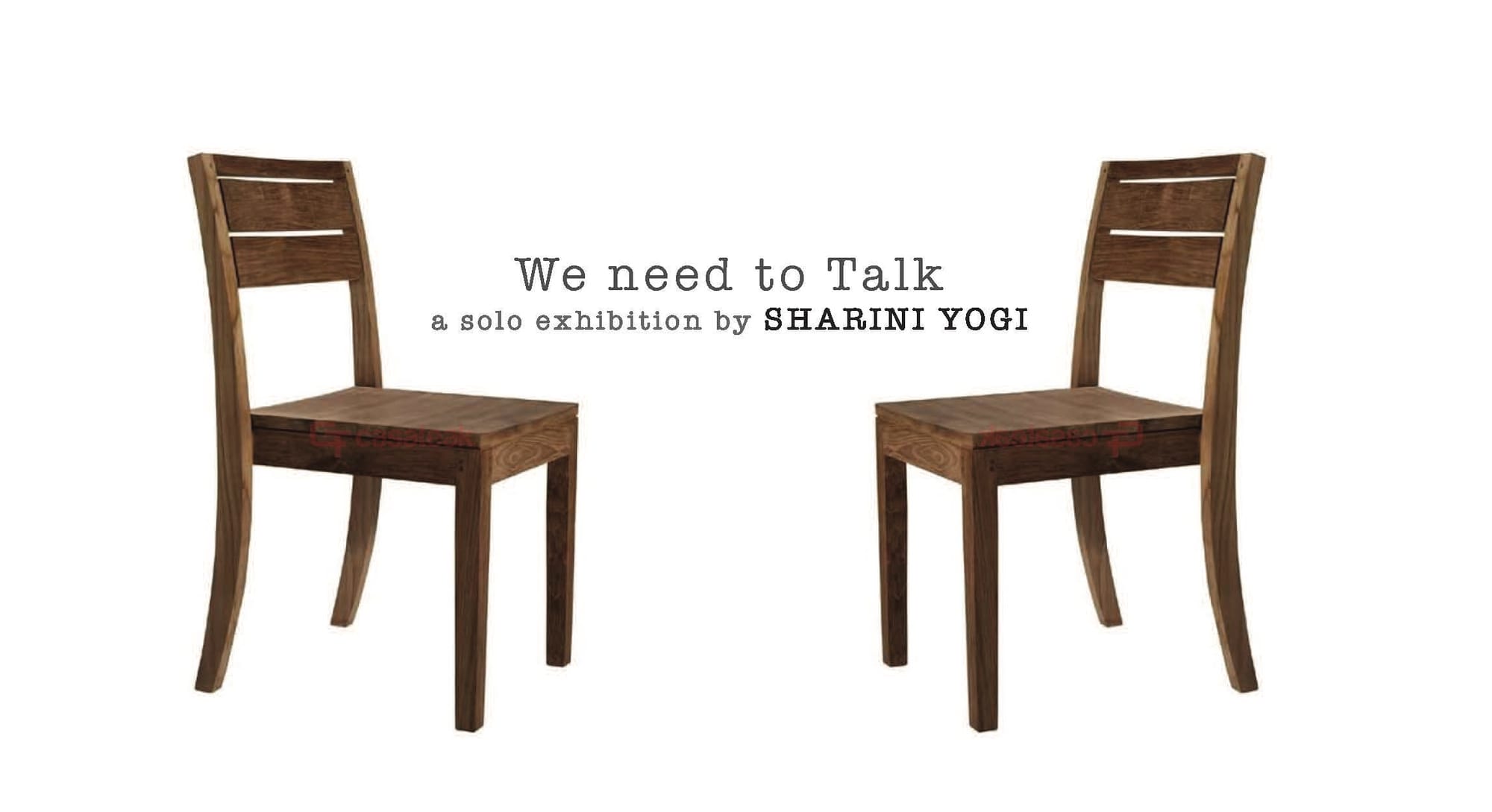
Sharini’s art can be explored through four key dimensions: (1) It confronts life’s chaos, serving as a medium for her to wrestle with existential struggles while inviting the audience to empathise with or confront her experiences. (2) Her style reflects a duality between control and surrender—precise, calculated strokes coexist with spontaneous bursts of energy, mirroring life’s tensions between submission and rebellion, tradition and innovation, and so on. (3) Colour plays a central role, not merely decorative but provocative, challenging viewers to open up, step into the unknown, and engage emotionally. (4) The “need to talk” symbolises an invitation for dialogue, fostering a shared journey between artist and audience.
Look for all these in her works, five of which appear at the end of this story.

The catalogue itself provides the basis for the conversation, especially in introducing the artist. It is very clear she is not a recluse; she does not live in isolation. She leads a rich, full life with a loving husband, children, and close family and friends.
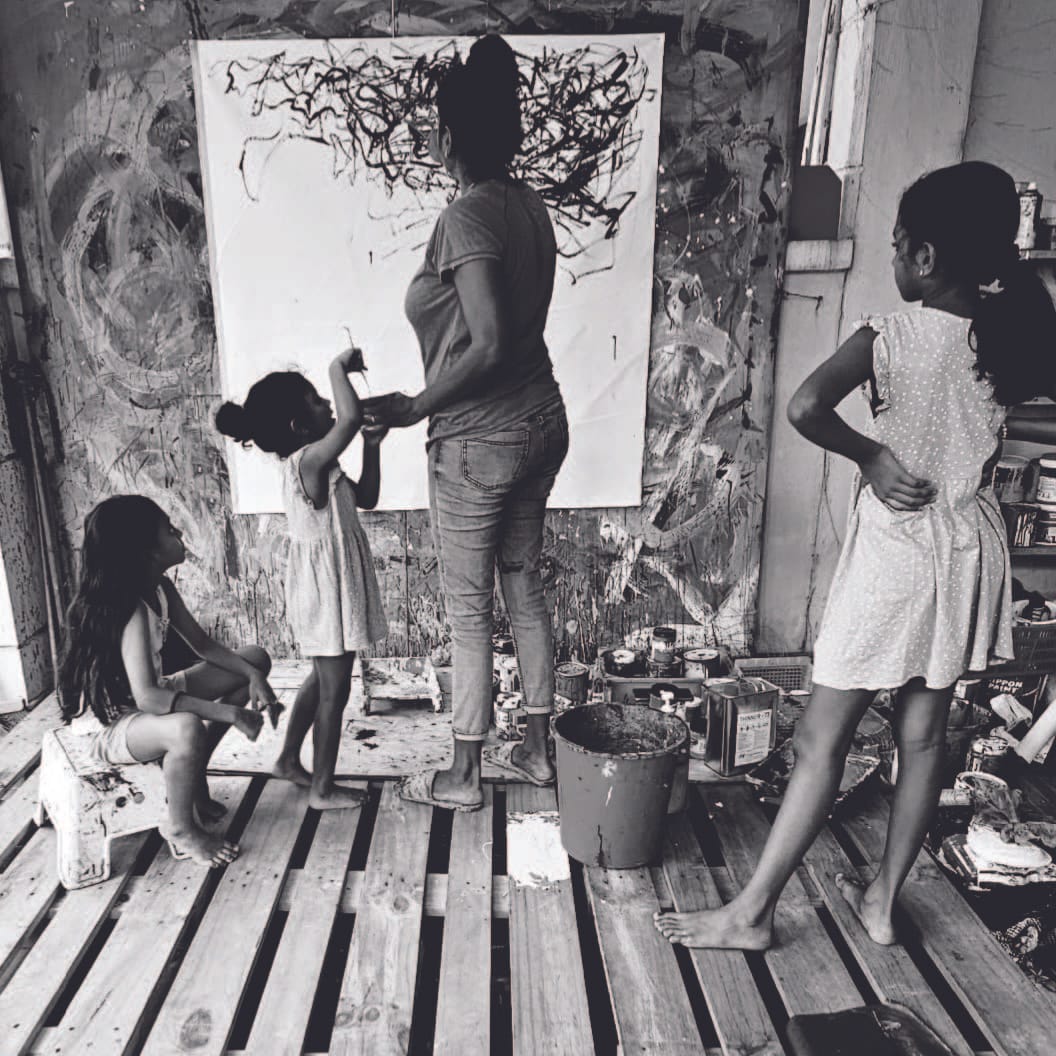
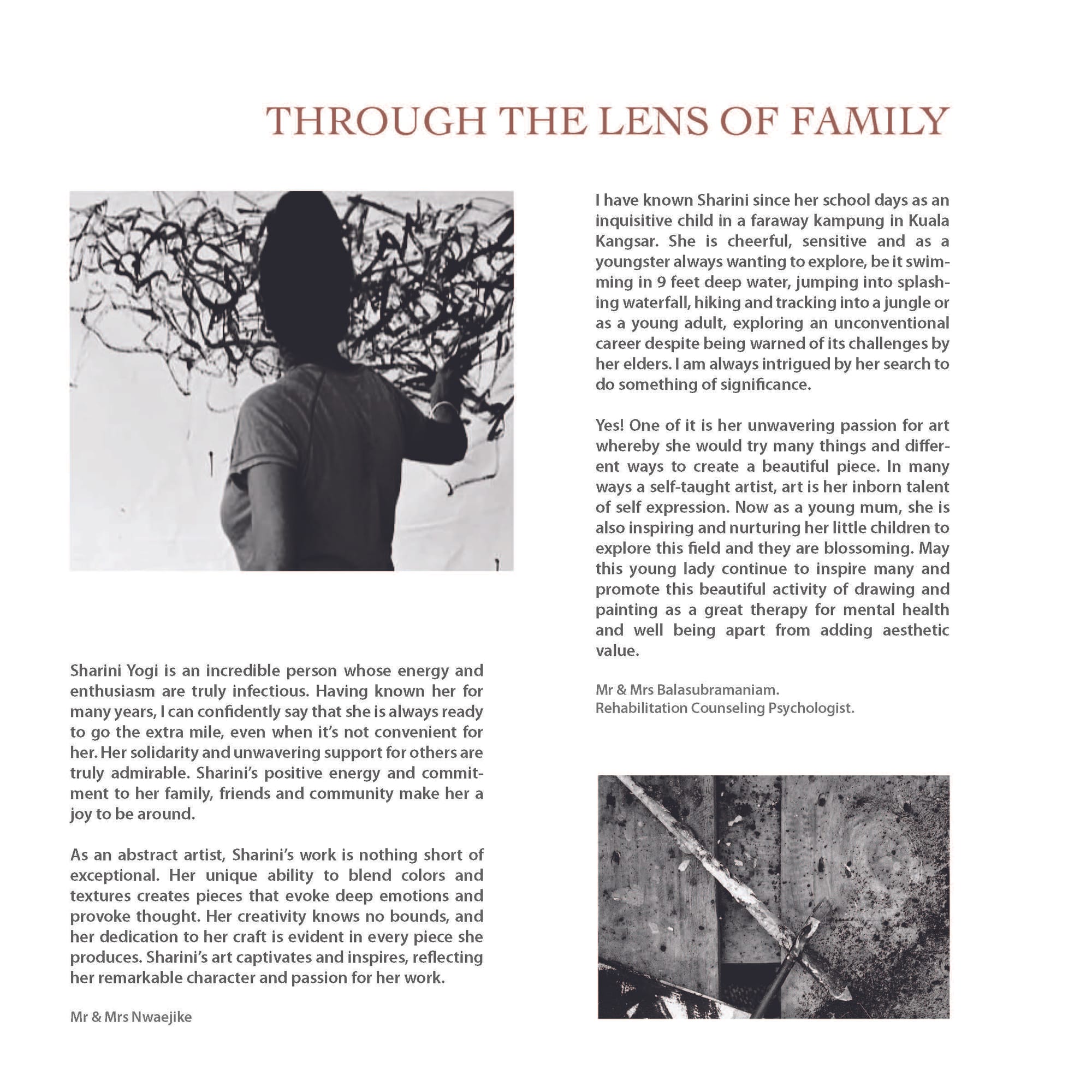
Yet, she carves out space to express her innermost feelings. In one way, these emotions are universal—we all experience them to some degree. In another, they are uniquely hers, shaped by her life and her need to communicate through art.
Her conversation, in a sense, has begun in earnest—with art enthusiast and collector Bingley Sim. He initiated the dialogue not with words, but through action, attempting to paint in Sharini’s style. His approach echoes the concept of verstehen, often translated as “understand.” However, as sociologist Max Weber emphasised, verstehen is not passive observation; it is an active, immersive process—standing with, engaging, interpreting, and even living through the experience. To do, therefore, is to understand. In this way, Bingley did—and through doing, he understood, sparking a genuine dialogue.
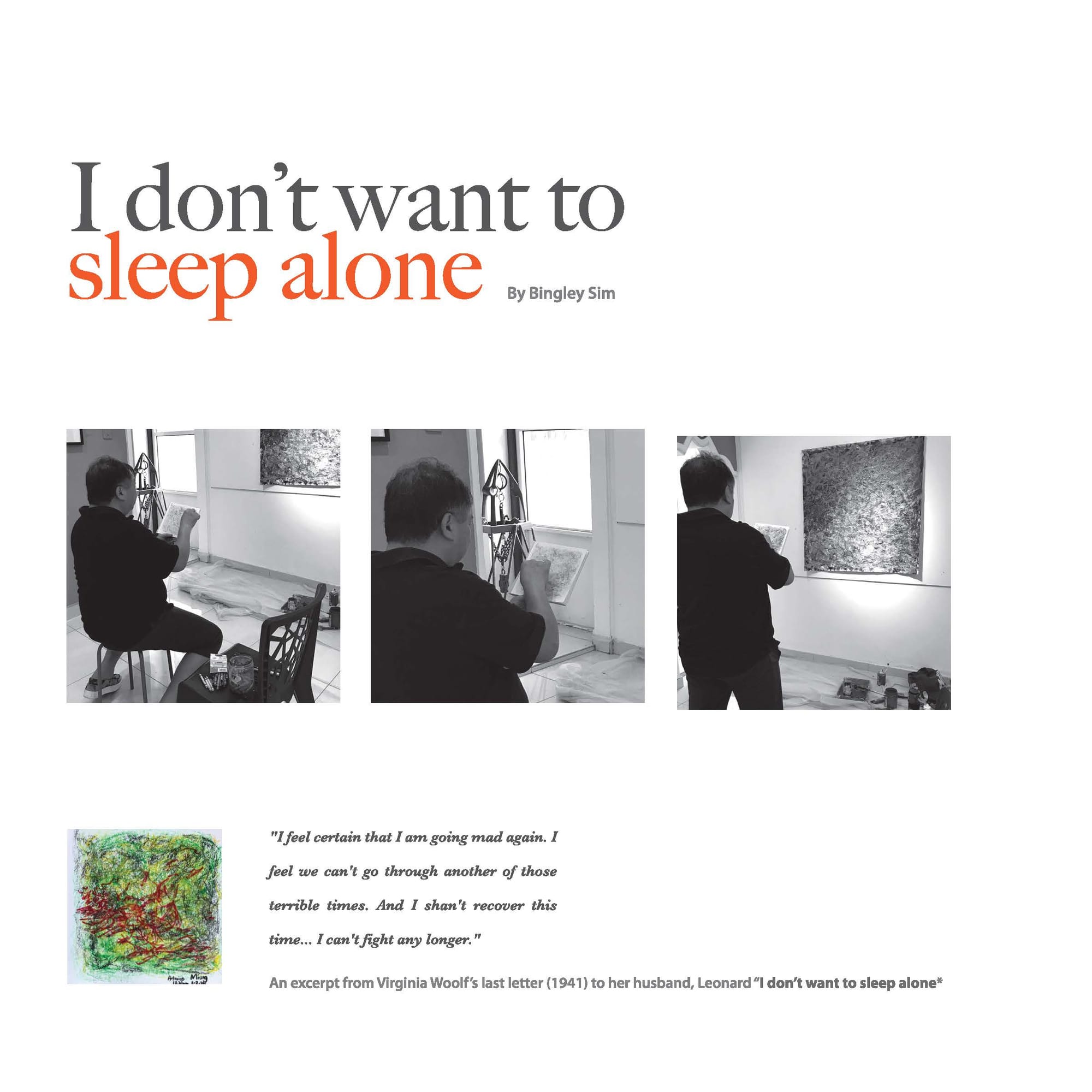
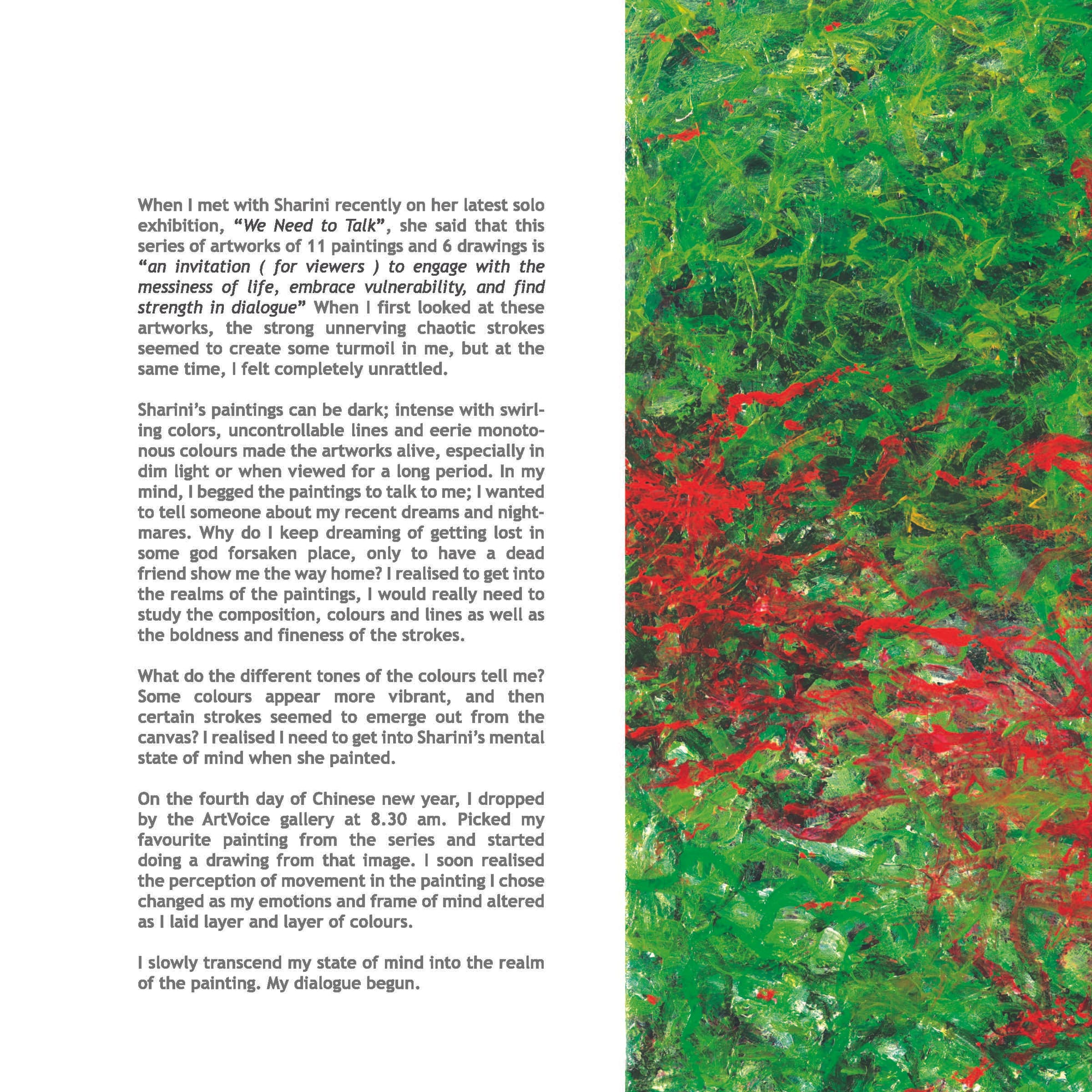
At this point, it becomes clear that we are not merely talking about art or even through individual pieces of art—we are engaging in a conversation with art itself, treating it as a language in its own right. And not just any language, but one of the most complex, layered, and profound means of communication available to us.
The following are five of the 17 pieces for the exhibition. You are invited to read them, understand and begin a dialogue.
